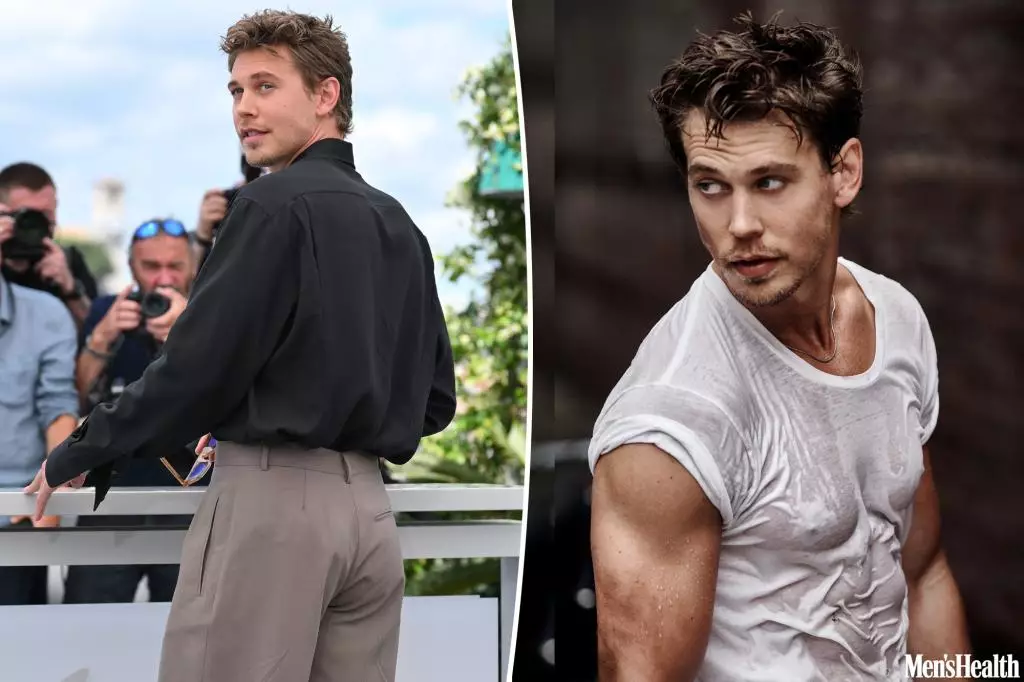In the realm of filmmaking, physical transformation isn’t merely about aesthetics; it embodies dedication, strategic planning, and the willingness to push one’s limits. Austin Butler’s recent portrayal as a baseball star in “Caught Stealing” exemplifies how actors transcend beyond mere acting to physically embody their characters convincingly. His journey underscores a vital aspect often overlooked: authenticity in appearance can significantly elevate a performance. The deliberate choice to sculpt a thicker, more athletic backside for his role reflects a commitment to realism, reinforcing the idea that for actors, their bodies are not just vessels of performance, but also tools that tell stories. Such transformations demand more than traditional workouts; they symbolize a deep integration of character and identity, making the viewer believe in the persona presented on screen.
The Balance Between Discipline and Creativity in Training
Butler’s regimen, crafted meticulously with trainer Beth Lewis, reveals how discipline coupled with creative approaches yields impressive results. Hip thrusters, balancing exercises, kettlebell moves—these aren’t casual workout staples but strategic moves aimed to target specific muscle groups. What stands out is his openness to unconventional methods, like balancing on BOSU balls, which not only build strength but also enhance stability—paralleling the physical demands of a baseball player. Yet, beneath this rigorous training lies an element of fun and experimentation, illustrating that effective fitness routines blend discipline with innovation. The actor’s willingness to indulge in pizza and beer, aligning with the character’s supposed lifestyle, exemplifies the narrative that authenticity often requires sacrifices or deviations from personal comfort zones, especially when pursuing a compelling character transformation.
The Role of Personal Boundaries and Public Perception
While Butler’s physical plans showcase a high level of dedication, his approach also highlights the importance of personal boundaries and self-awareness. He admits to using alcohol—a substance he generally avoids—to facilitate his transformation, recognizing that sometimes, stepping outside comfort zones can serve a purpose. This honesty invites a broader discussion about the pressures actors face to embody roles convincingly, even if it means embracing habits or behaviors contrary to their true nature. The blurred lines between personal identity and role preparation reveal societal expectations for authenticity, pressuring celebrities to go to extreme lengths, often at the expense of their well-being. It underscores a critical truth: true transformation requires not only physical effort but also mental resilience and honest self-assessment.
Beyond the Screen: Navigating Public Image and Personal Relationships
The attention on Butler’s evolving relationship with Zoë Kravitz adds another layer to this complex tapestry—public perception and personal life intertwining amidst career pursuits. Their budding romance, observed amidst rumors and social outings, reminds us how personal narratives are under continuous scrutiny. Celebrities often serve as both entertainers and symbols, their private lives subjected to intense speculation. Despite the skepticism, Butler and Kravitz’s mutual respect and low-key interactions suggest an authentic connection, undisturbed by external pressures. This balancing act—maintaining personal integrity while navigating media narratives—demonstrates the modern celebrity’s challenge: to remain true to oneself amidst the relentless spotlight.
The Implicit Power of Authentic Self-Expression
Ultimately, Butler’s transformation and public persona underscore a larger lesson about authenticity—the power of embracing one’s challenges and vulnerabilities to forge a genuine identity. Be it through rigorous training, dietary sacrifices, or navigating complex personal relationships, his journey embodies that real strength lies in self-awareness and unapologetic commitment. The willingness to evolve, to push physical and emotional boundaries, resonates universally. It reinforces the idea that true success stems from integrity, not superficial appearances, and that acknowledging one’s imperfections is often where authenticity begins. This perspective shifts the narrative from mere appearance to a celebration of resilience, growth, and honest self-expression, inspiring others to pursue their own transformative journeys with sincerity and purpose.

